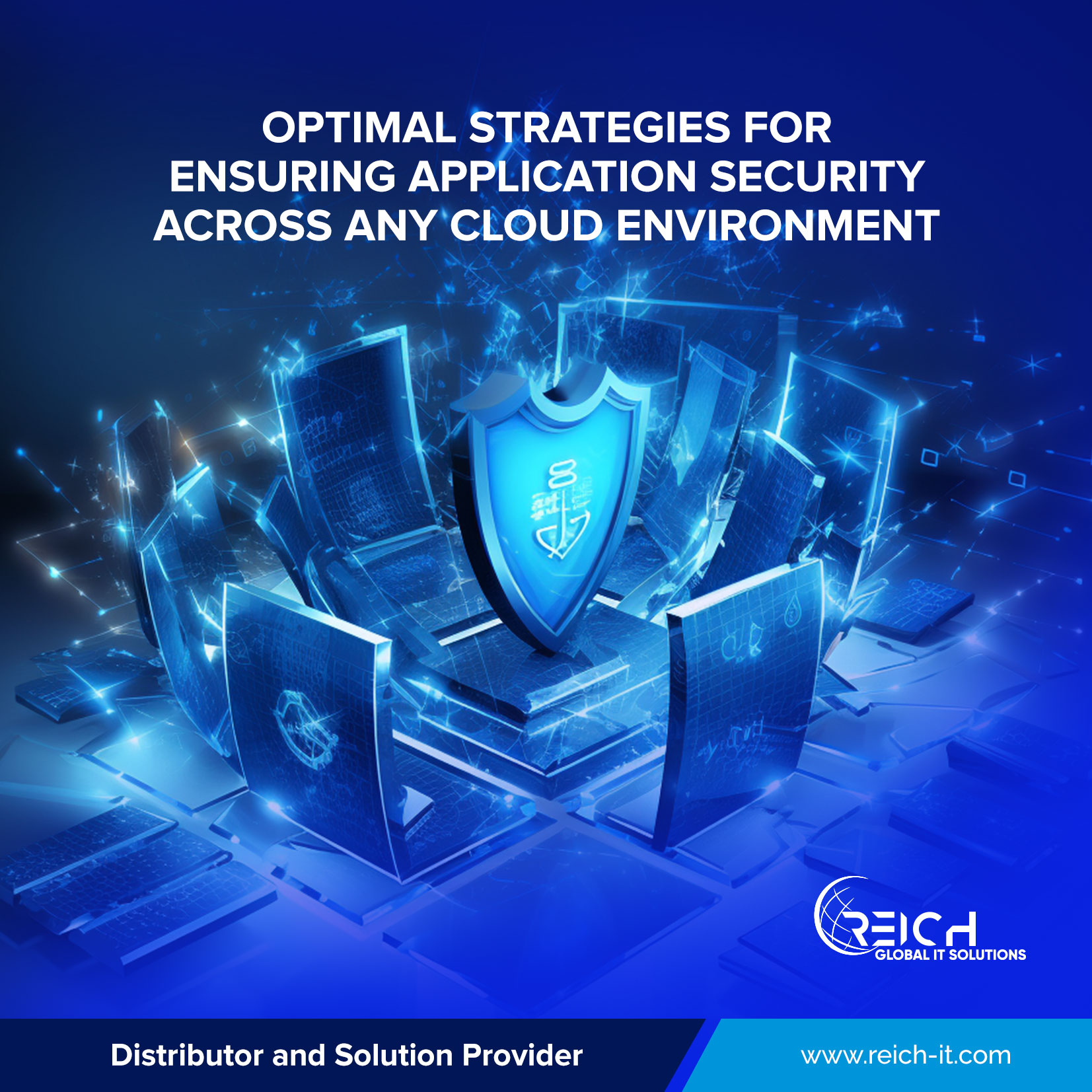Blogs
Optimal Strategies for Ensuring Application Security Across Any Cloud Environment

As organizations embrace the cloud, the critical question arises: How can we ensure strong application security across diverse cloud environments? The answer lies in adopting optimal strategies that not only address current threats but also future-proof against rising risks with fortigate in middle east.
Understanding the Cloud Landscape
Unlike traditional on-premises setups, cloud platforms are characterized by shared responsibilities between the cloud service provider (CSP) and the client. This shared responsibility model necessitates a comprehensive approach to security, encompassing both the infrastructure and the applications running on it.
Embrace a Zero-Trust Mindset
The traditional security paradigm of trusting everything within the perimeter is outdated in cloud computing. Adopting a zero-trust mindset means verifying every user, device, and application attempting to connect to the cloud, regardless of their location. Implementing strong identity and access management (IAM) protocols ensures that only authorized entities gain entry, reducing the attack surface and minimizing the risk of unauthorized access.
Leverage Encryption Across the Board
Data is the lifeblood of applications, and protecting it is essential. Implementing end-to-end encryption for data in transit and at rest safeguards sensitive information from others. Additionally, encrypting application code and configuration files adds an extra layer of protection, making it challenging for attackers to manipulate or exploit vulnerabilities within the application.
Continuous Monitoring and Auditing
Security is not a one-time effort; it’s an ongoing process. Continuous monitoring and auditing of cloud environments help detect abnormalities, potential vulnerabilities, and unauthorized activities in real time. Leveraging advanced threat detection tools and Security Information and Event Management (SIEM) solutions allows organizations to respond promptly to security incidents, minimizing the impact on applications and data.
Strong Threat Prevention with FortiGate
At the core of Fortinet’s cloud security arsenal is FortiGate, a next-generation firewall that offers unified threat prevention capabilities. FortiGate leverages a combination of intrusion prevention, antivirus, web filtering, and application control to fortify the perimeter against a wide array of cyber threats. By consolidating these security features into a single, integrated solution, FortiGate simplifies security management across diverse cloud environments.
Stay Informed and Adapt
Cybersecurity evolves rapidly, with new threats emerging regularly. To stay ahead, organizations must invest in continuous education and awareness programs for their teams. Regularly update security policies and protocols based on the latest industry standards and threat intelligence. Being proactive in understanding and adapting to emerging security trends is key to maintaining a resilient cloud application infrastructure.
In the age of cloud computing, securing applications demands a strategic and multi-faceted approach. Adopting a zero-trust mindset, embracing encryption, implementing continuous monitoring, strong threat prevention with FortiGate, and staying informed are vital steps in fortifying cloud environments against ever-evolving threats. As organizations understand the complexities of the digital space, Fortinet firewall security serve as a guide, guiding them toward strong and resilient application security across any cloud environment. Remember, the key to success lies not just in implementing these strategies but in continually refining and adapting them to the evolving cybersecurity space.



